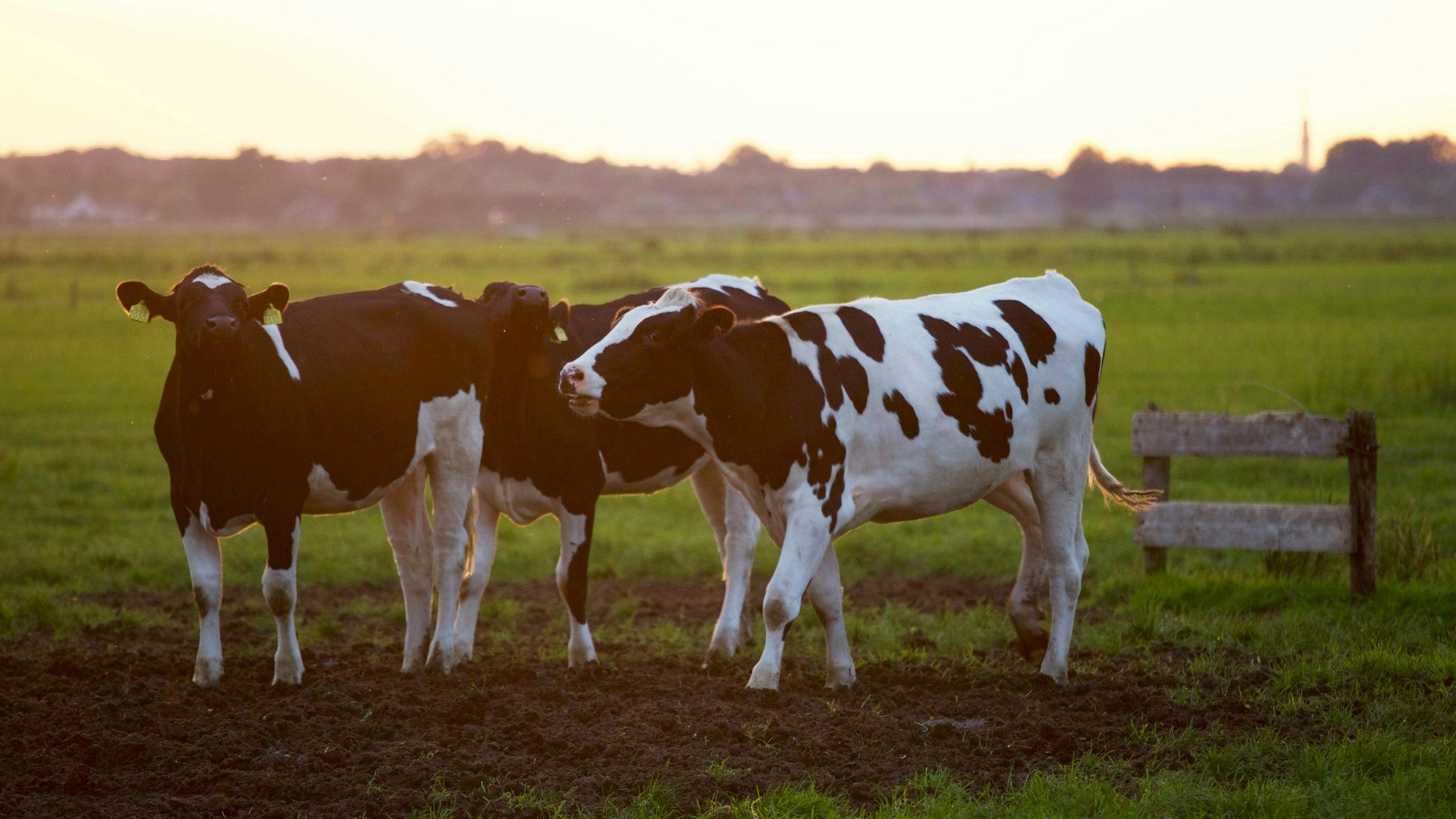Dairy products play a role in the diets of individuals worldwide providing essential nutrients such as calcium, protein, and vitamins. However, as concerns grow regarding food production practices and their effects on health and the environment, the discussion between conventional dairy has garnered attention. This article delves into the disparities between conventional dairy products, their impacts on health, and ways for consumers to make informed choices that benefit their overall wellness.
Exploring Organic Dairy:
Organic dairy items originate from animals raised on farms that adhere to standards governing their welfare and diet. These standards typically encompass the following requirements:
- Organic Feed: Animals are nourished with feed free of synthetic pesticides, herbicides, and genetically modified organisms (GMOs).
- Pasture Access: Organic dairy cows are granted access to pasture for grazing purposes to encourage natural behavior and a diverse diet.
- Antibiotics & Growth Hormones Prohibition: The use of antibiotics and growth hormones is forbidden in organic dairy farming practices except in cases of illness.
Organic farming standards often prioritize the well-being of animals by ensuring they have space to move around and exhibit natural behaviors.
Advantages of Organic Dairy Products:
- Nutrient Richness: Research indicates that organic dairy items might contain higher levels of nutrients, such as omega-3 fatty acids and antioxidants, attributed to variations in animal diets.
- Reduced Exposure to Chemicals: Organic dairy goods are manufactured without pesticides and fertilizers, potentially decreasing consumers’ contact with harmful substances.
- Sustainable Environmental Practices: Organic farming techniques promote soil health, biodiversity, and minimal environmental impact compared to conventional methods.
Drawbacks of Organic Dairy Products:
- Price Tag: Organic dairy items often come with a higher price compared to conventional options due to the increased expenses related to organic farming practices.
- Limited Availability: Depending on the location, organic dairy products might not be easily accessible in certain areas, limiting consumer choices.
- Decreased Productivity: Employing organic farming methods could lead to lower milk yields per cow than conventional approaches, potentially affecting the overall supply of organic dairy products.
Understanding Dairy Farming:
Conventional dairy farming is the predominant method globally for producing dairy products, characterized by intensive practices and the use of synthetic substances such as fertilizers, pesticides, and hormones.
Dairy Farming Practices Overview:
- Large Scale Animal Feeding Operations (CAFOs): Many traditional dairy farms function as CAFOs, where animals are kept in confined quarters.
- Regular Utilization of Antibiotics and Hormones: Traditional dairy farming commonly includes the use of antibiotics for disease prevention and hormones to increase milk production.
- Specialized Diets: Cows in dairy farming are fed diets designed for optimal milk output, often including grains, soy, and additional supplements.
Advantages of Dairy Farming:
- Cost-Effectiveness: Traditional dairy products are typically more budget-friendly than alternatives, making them accessible to a wider consumer base.
- Reliable Production: Traditional dairy farming methods generally lead to higher milk yields per cow, ensuring a steady supply of dairy products to meet market demand.
- Ubiquitous Availability: Traditional dairy items can be found in supermarkets and grocery stores, providing convenience for shoppers.
Drawbacks of Dairy Farming:
- Environmental Consequences: Intensive farming techniques linked with dairy farming may result in air and water pollution, soil degradation, and emissions of greenhouse gases.
- Antibiotic Resistance Concerns: The routine use of antibiotics in dairy practices raises concerns about the emergence of antibiotic-resistant bacteria, posing potential threats to human health.
- Animal Welfare Concerns: Methods of dairy farming, especially in concentrated animal feeding operations (CAFOs), have sparked ethical worries regarding the well-being of animals, such as overcrowding and limited access to grazing areas.
Making Educated Decisions:
When deciding between conventional dairy products, consumers can take into account the following factors:
- Health Considerations: People with health issues like concerns about exposure to pesticides or antibiotic resistance may lean towards organic dairy options. Nonetheless, both organic and conventional dairy can play a role in a diet when consumed moderately.
- Financial Aspects: Affordability concerns might sway consumers towards choosing conventional dairy products as organic choices typically come with a higher price tag.
- Environmental Influence: Those who value sustainability may opt for organic dairy products because of their lower ecological impact.
- Animal Well-being: Individuals who prioritize animal welfare may choose dairy products that often adhere to standards concerning the treatment of animals.
The decision-making process between opting for conventional dairy is complex, involving factors such as health considerations, environmental impact, animal welfare issues, and financial aspects. By comprehending the distinctions between these production methods and their potential consequences, consumers can make decisions that reflect their values and priorities.
Choosing between conventional dairy products and picking top-notch items that are produced responsibly can play a role in fostering a sustainable and nutritious food system that benefits both individuals and the environment.









